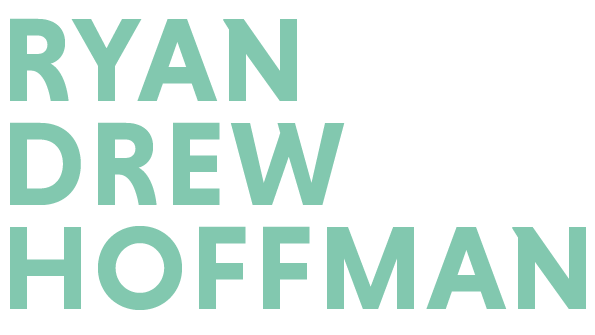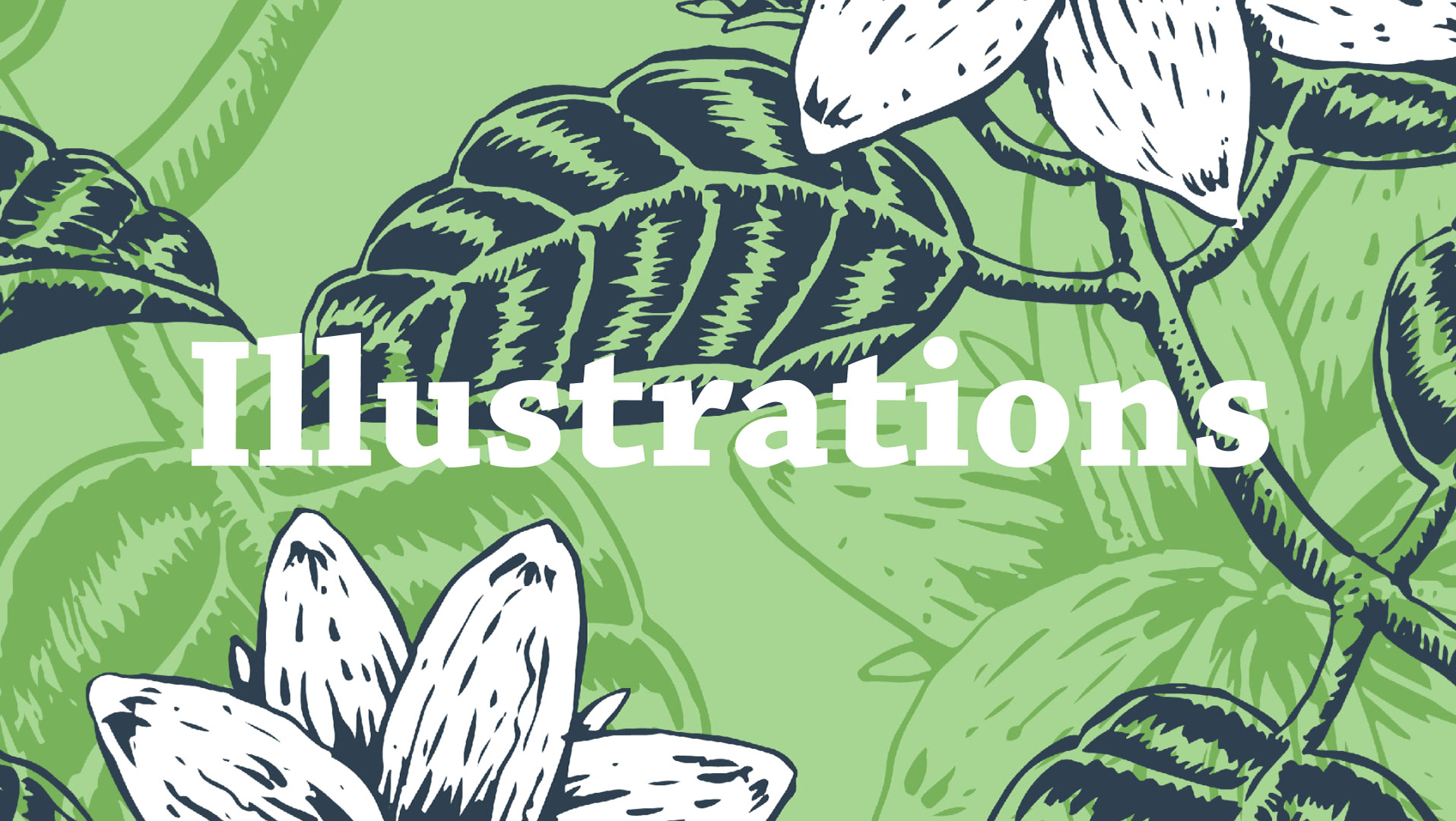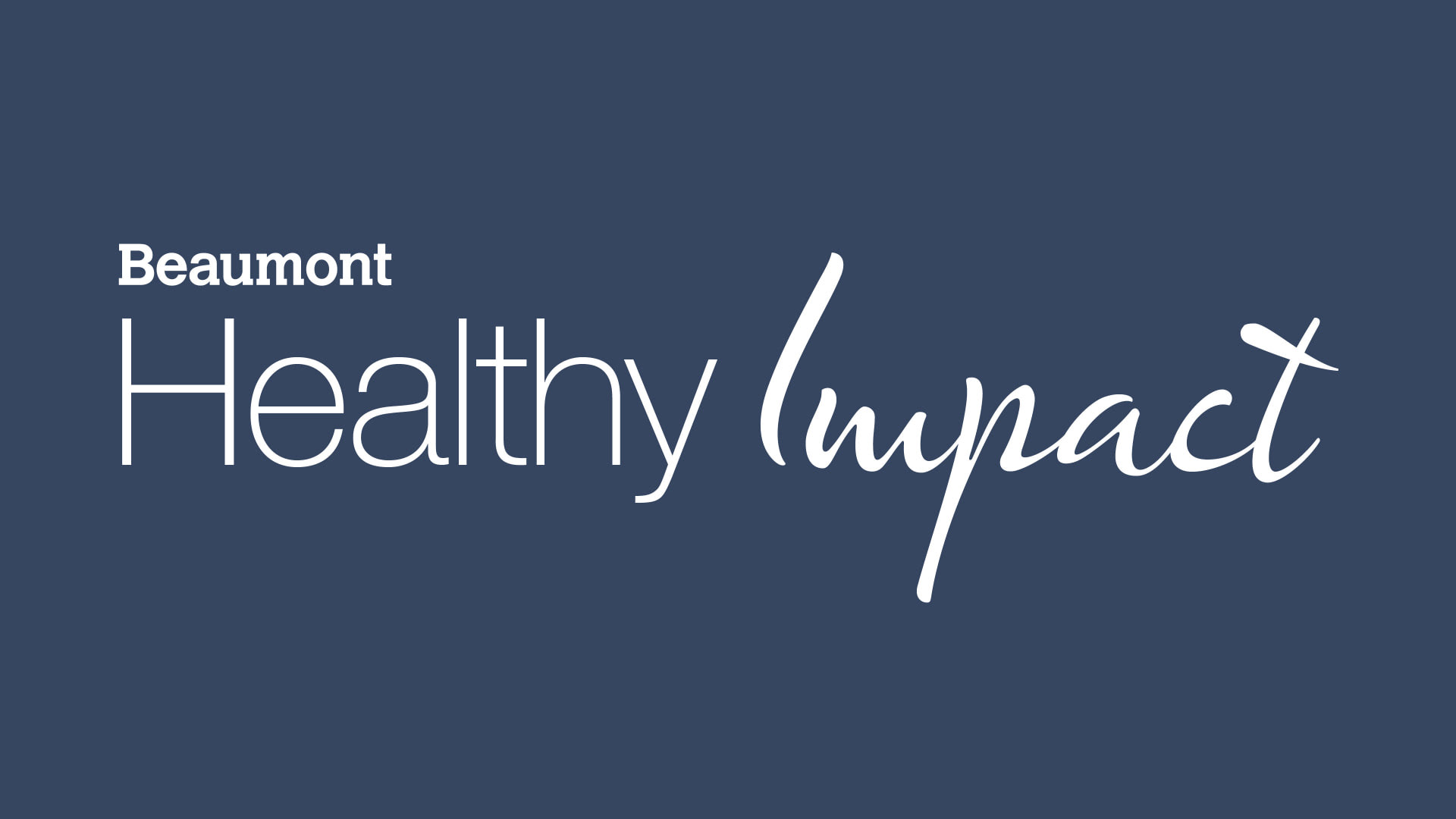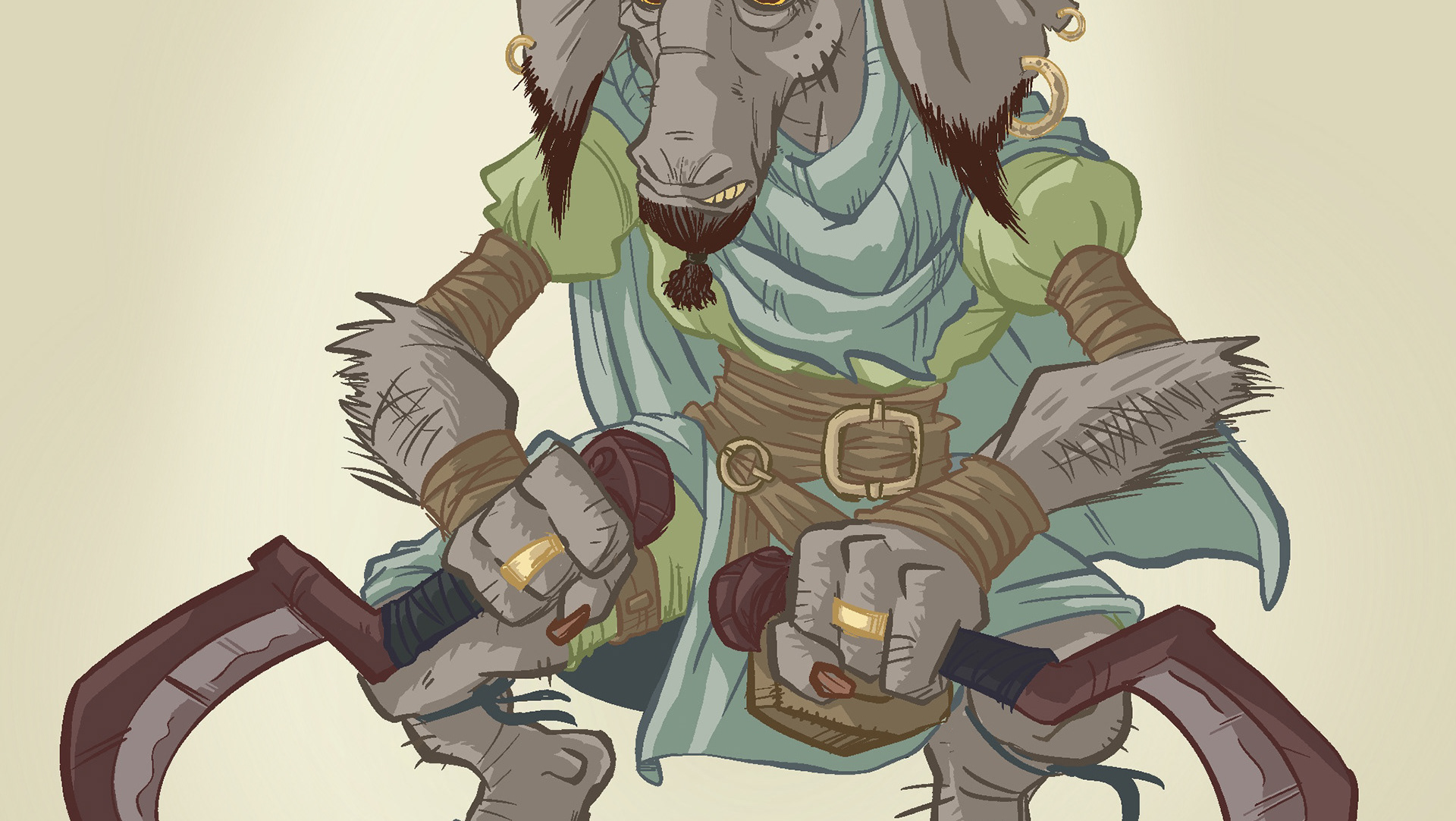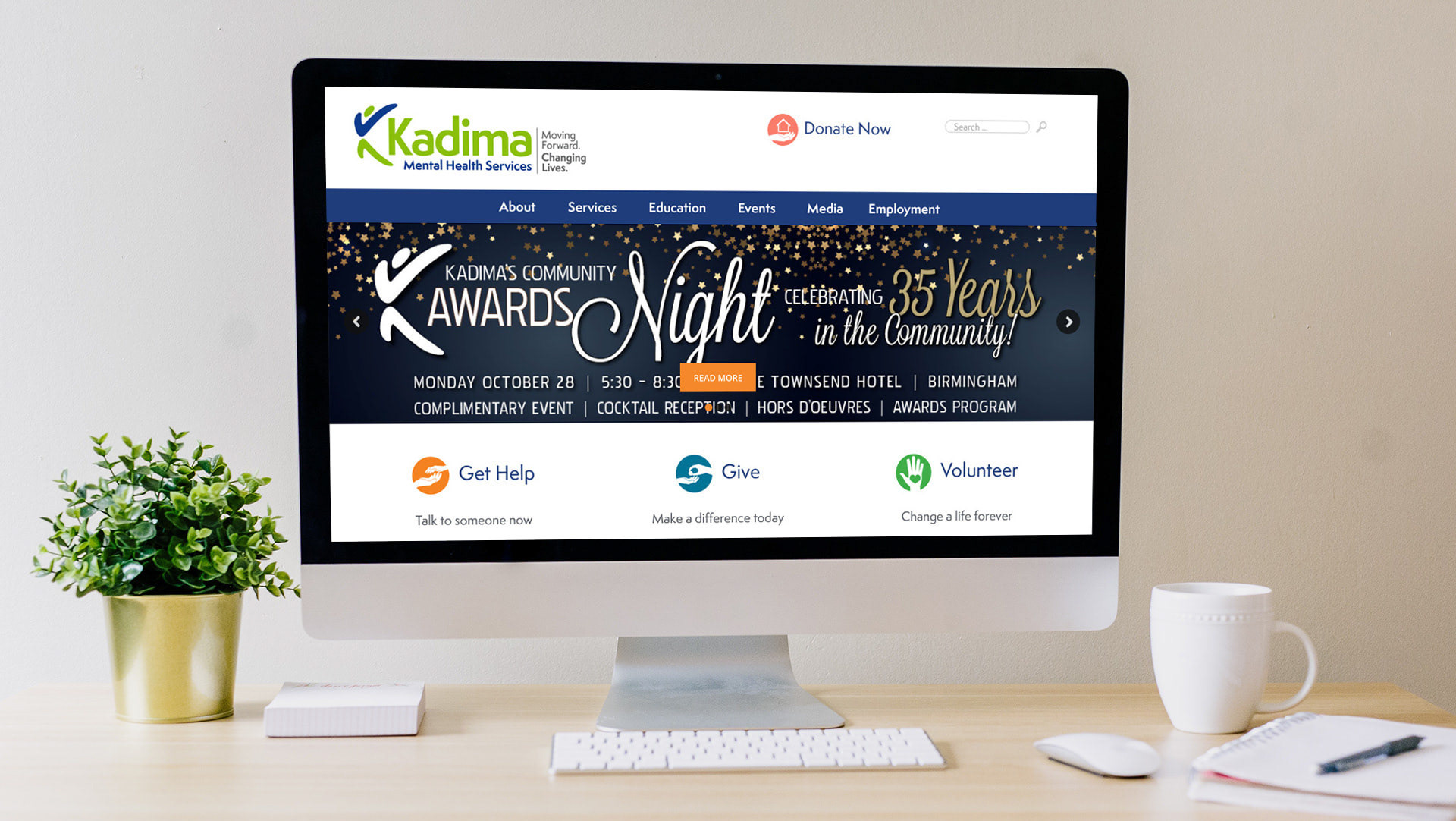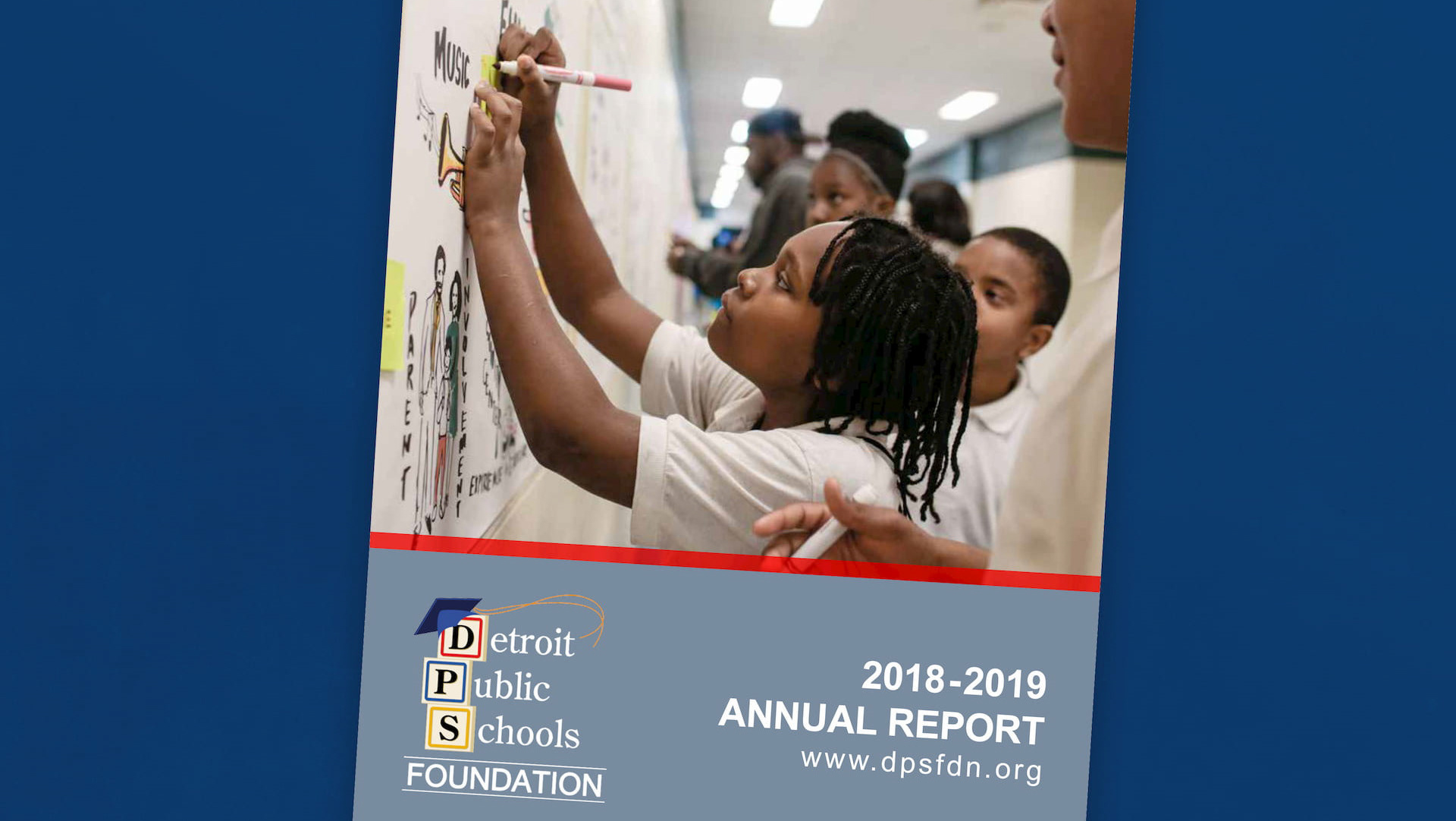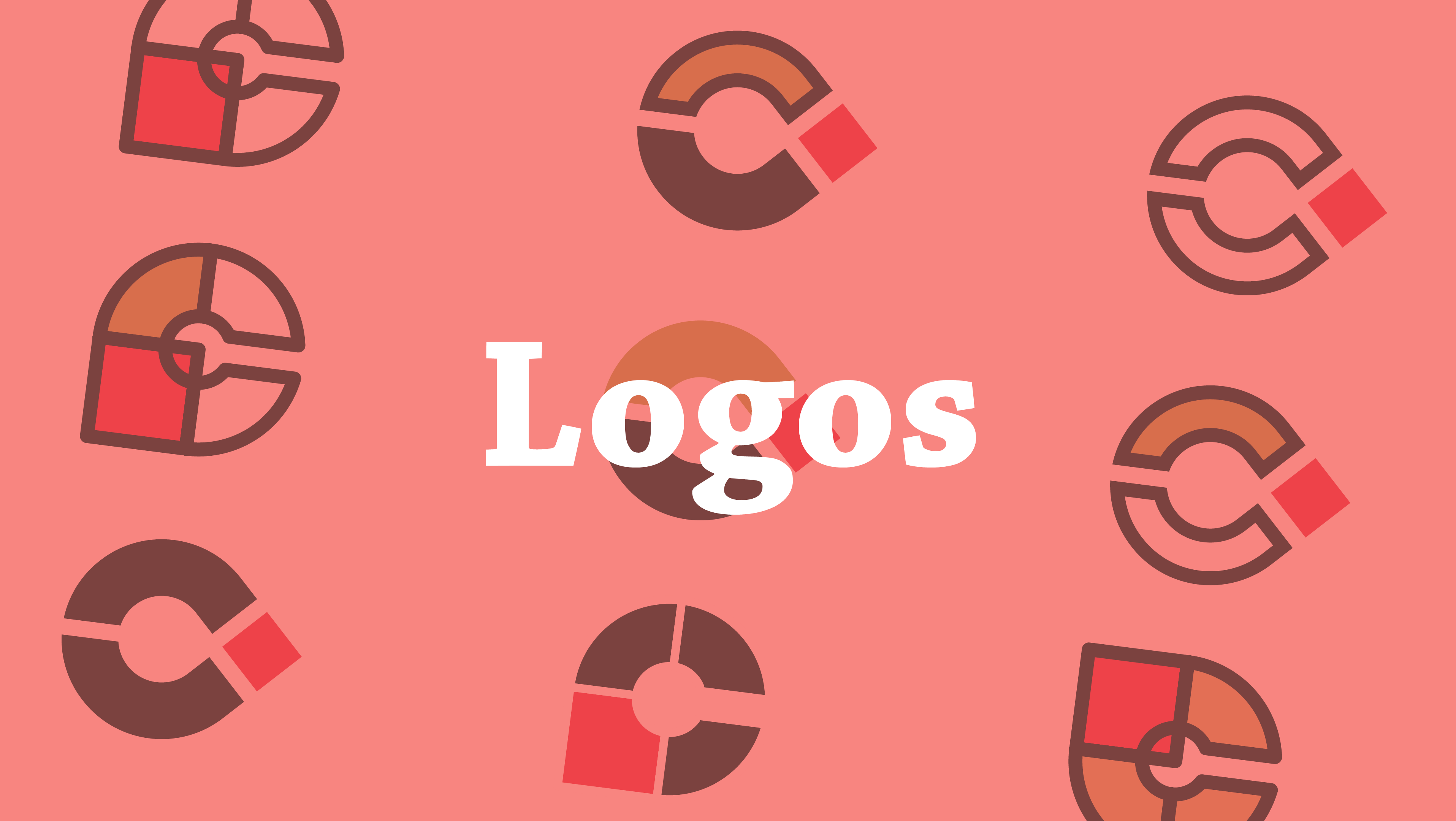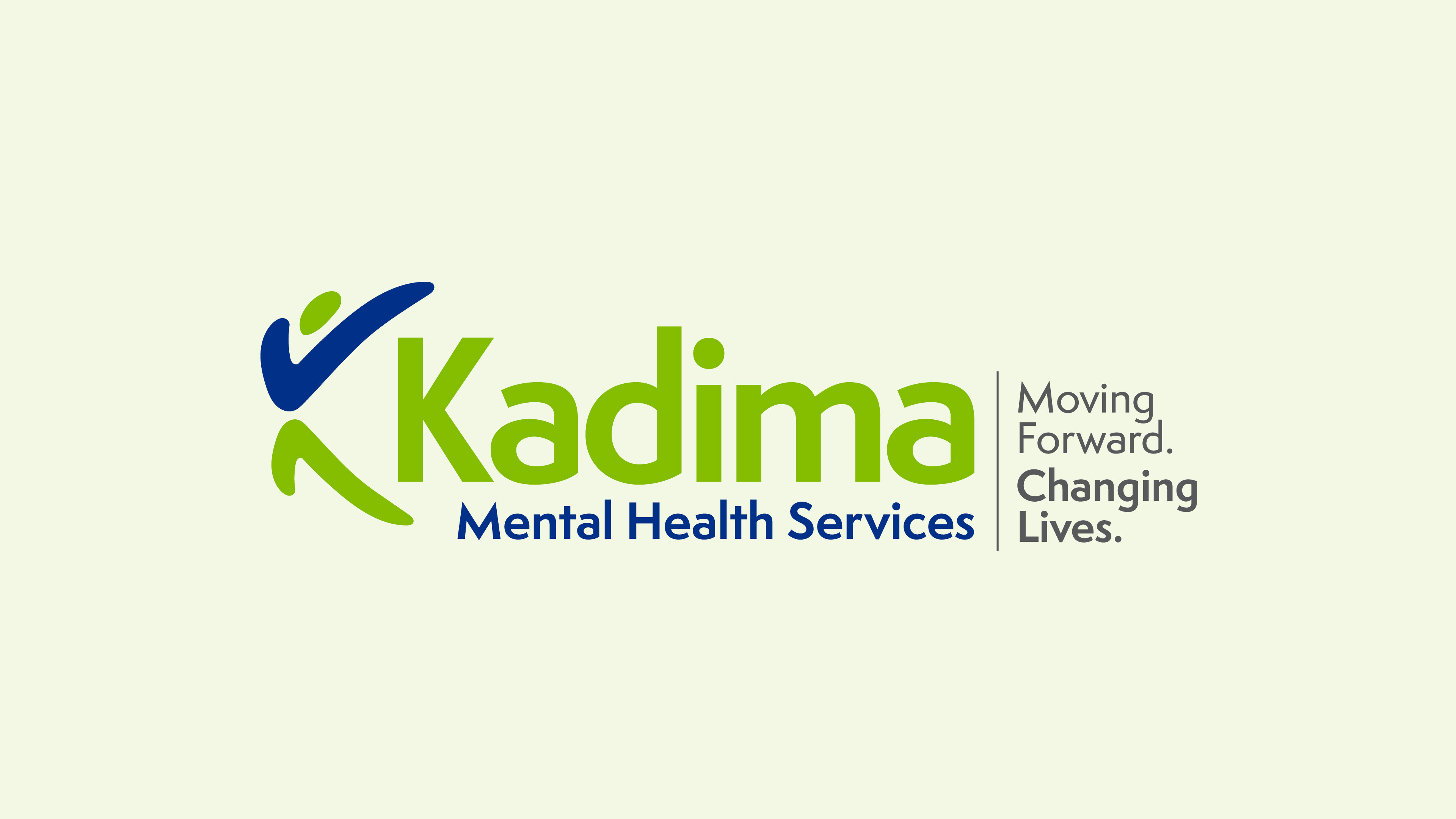Client
Western Wayne Family Health Centers (WWFHC) offer high quality, accessible primary health care for all. With centers in Downriver Detroit, their services include primary health care to all ages, OB/GYN, general dentistry and integrated behavioral health.
Objective
WWFHC offers dental services, and they also have partnerships with local dentists. They had previously created a game for kids that showed the amount of sugar in popular kids soft drinks—such as Kool-Aid, soda pop, Gatorade, orange juice, etc.—with the purpose of getting them to drink more water. Our client wanted us to create something that presented more of a challenging game aspect for children than what they had previously. At the same time, they had a limited budget for us to work within, and we needed to produce 4 total game kits. Once produced, they would display the game boards in local dentist offices for children to play with and learn about the amount of sugar in their drinks.
Role
I worked with my company’s president to come up with the overall dynamics of the game and details of how to show the amount of sugar in the different drinks. We used sugar packets as a unit of measurement that was easy for kids to recognize and grasp, and we used uniformly shaped clear acrylic boxes to hold separate amounts of packets that corresponded to the different drinks. I settled on six soft drinks with varying amounts of sugar, plus water. The game would be played by matching the soft drink to the box that contained the same amount of sugar within the drink. To show how the game and its different pieces would work, I used Adobe XD to illustrate a walkthrough of the game board setup and mechanics.
I designed the game board to be made of two interlocking pieces of the same length—the vertical piece a steel composite substrate that could be printed directly on, the horizontal base a thicker piece of PVC that was also printed directly on, with seven routed holes for the acrylic boxes to fit into. I also adapted illustrations for the soft drink game pieces, to be printed on magnetic material. Once the game board pieces were assembled, the object of the game was to match up the magnetic soft drink pieces to the amounts of sugar on the vertical board, and then the boxes of sugar packets could be placed in the routed holes underneath the game pieces. The goal of the game was to understand how much sugar was in each soft drink, and also learn how to convert grams to teaspoons.
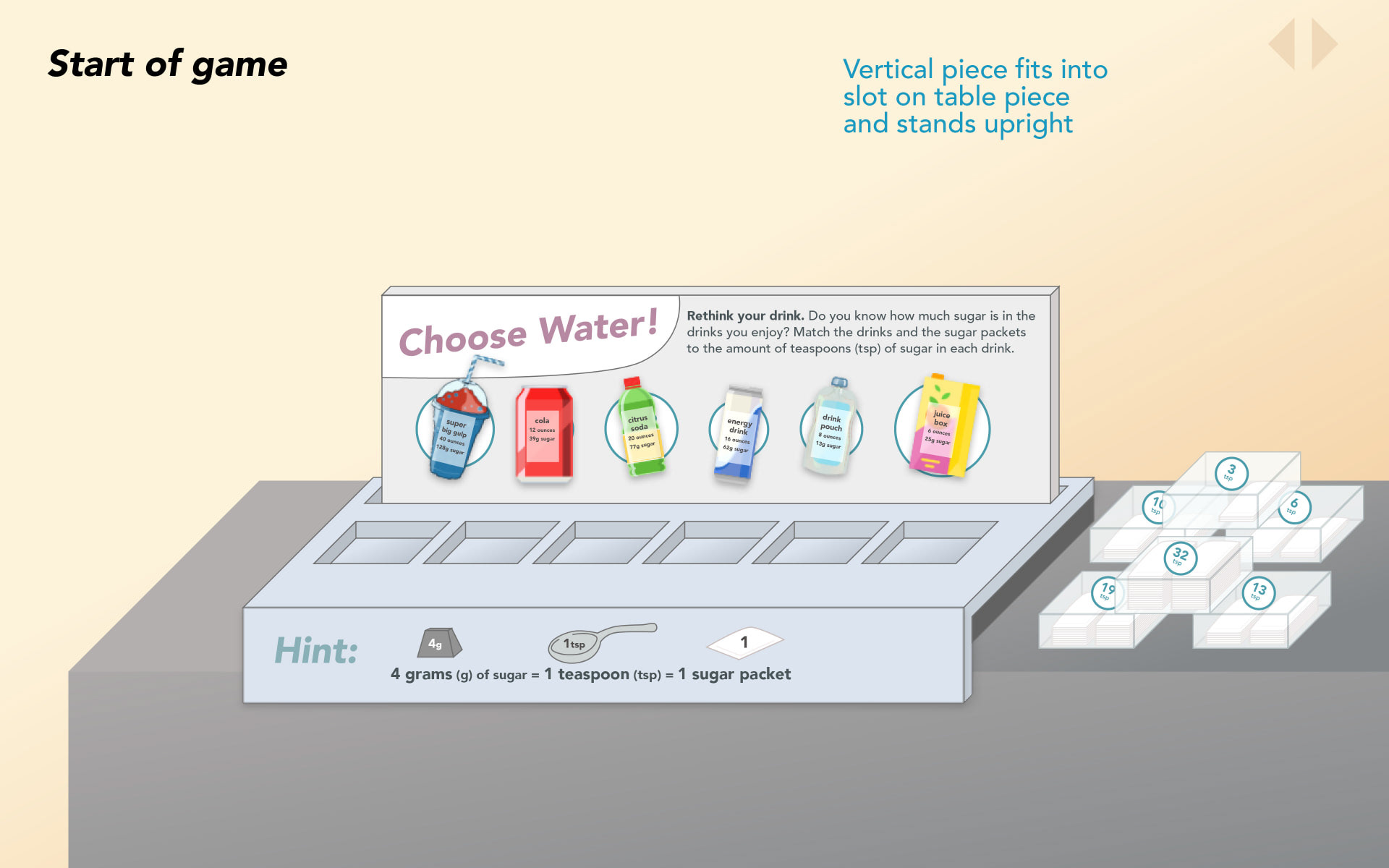
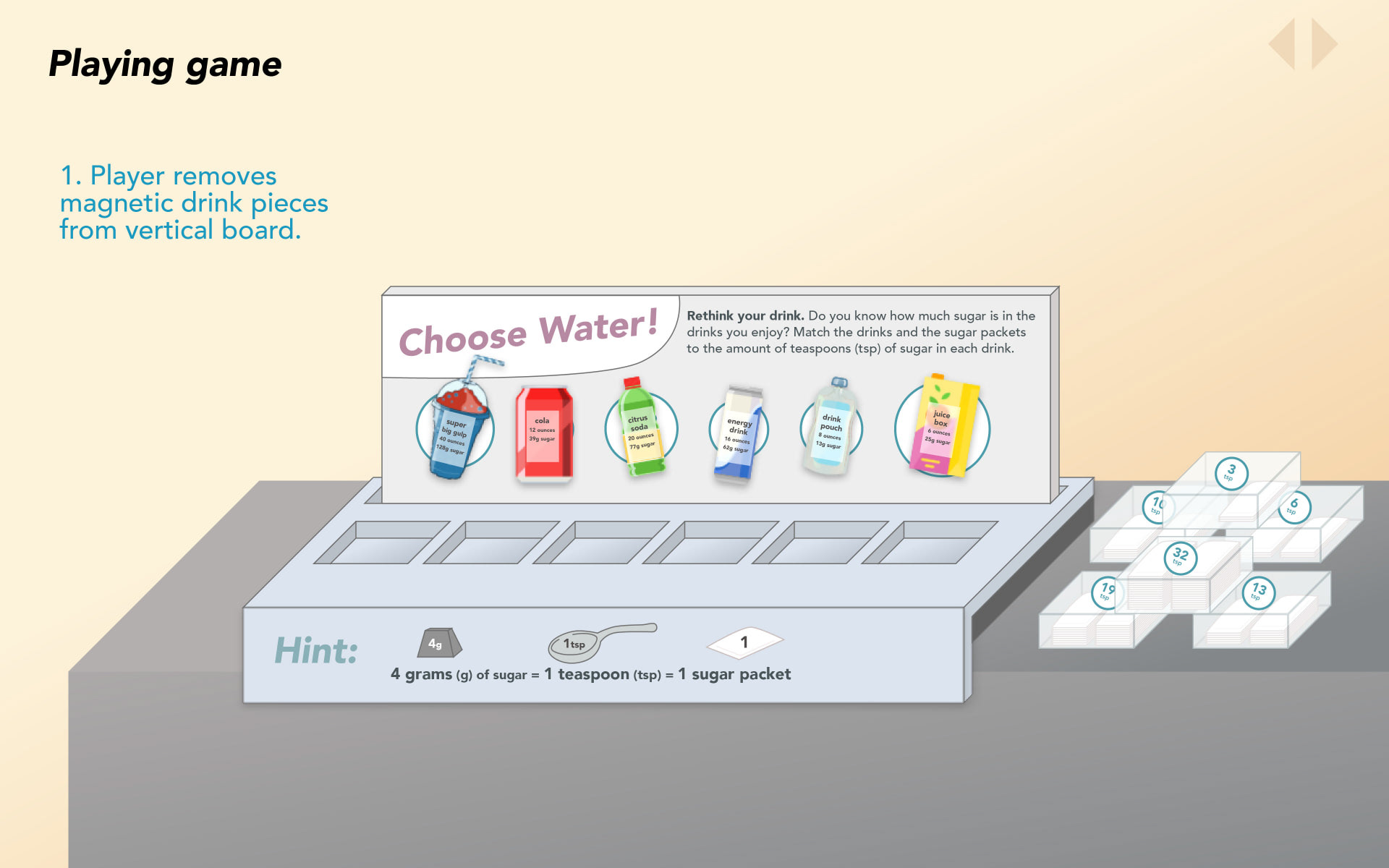
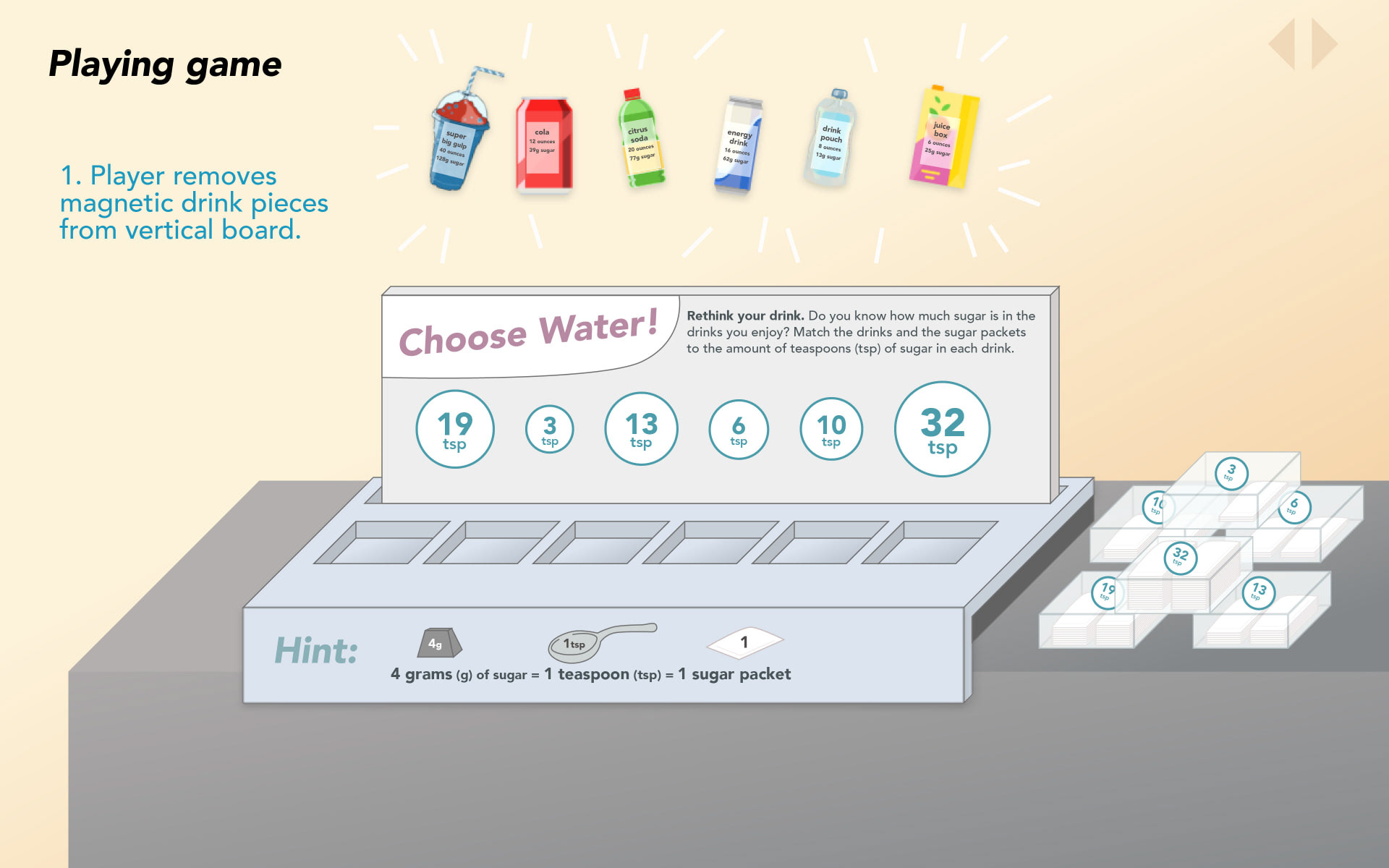


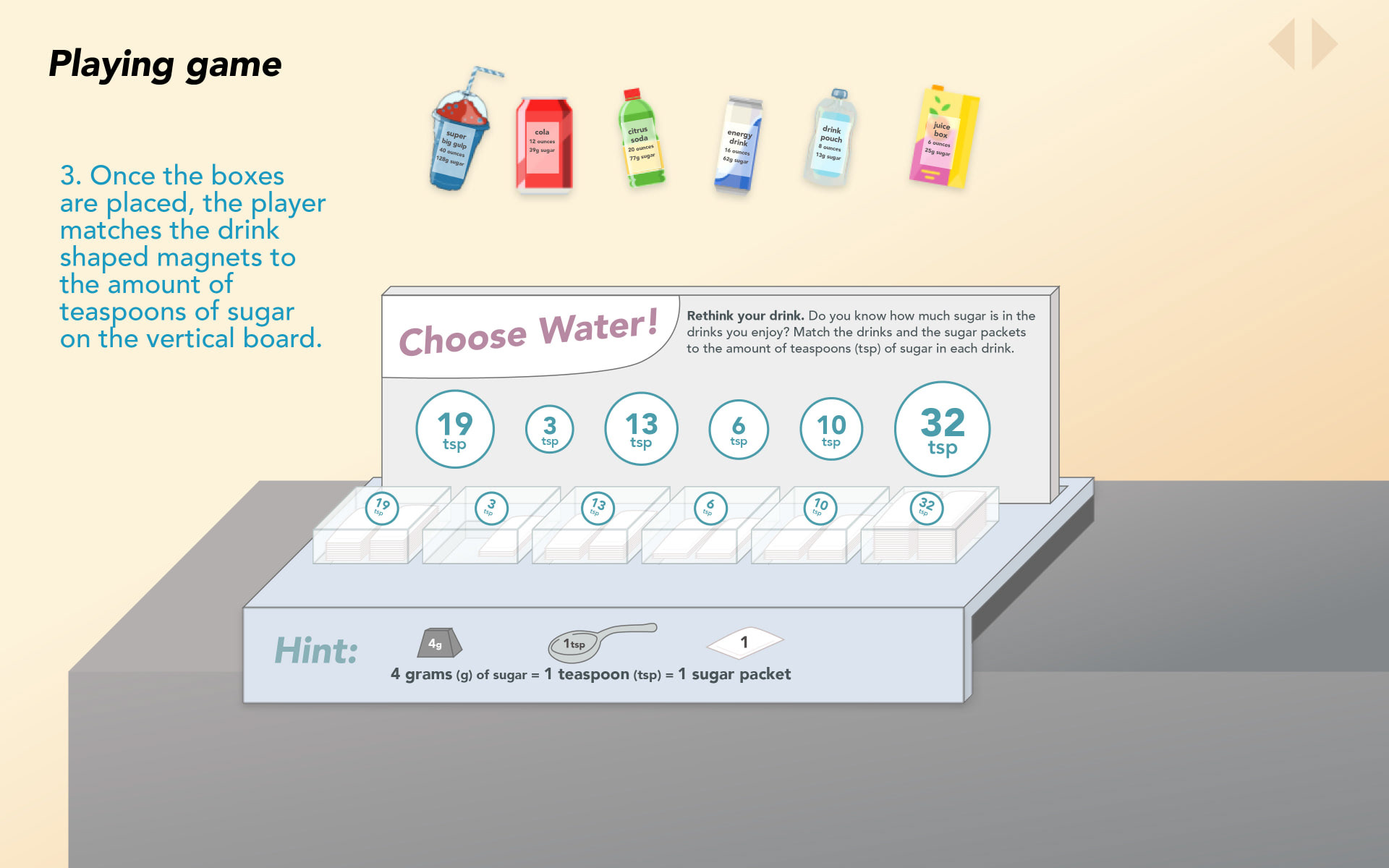
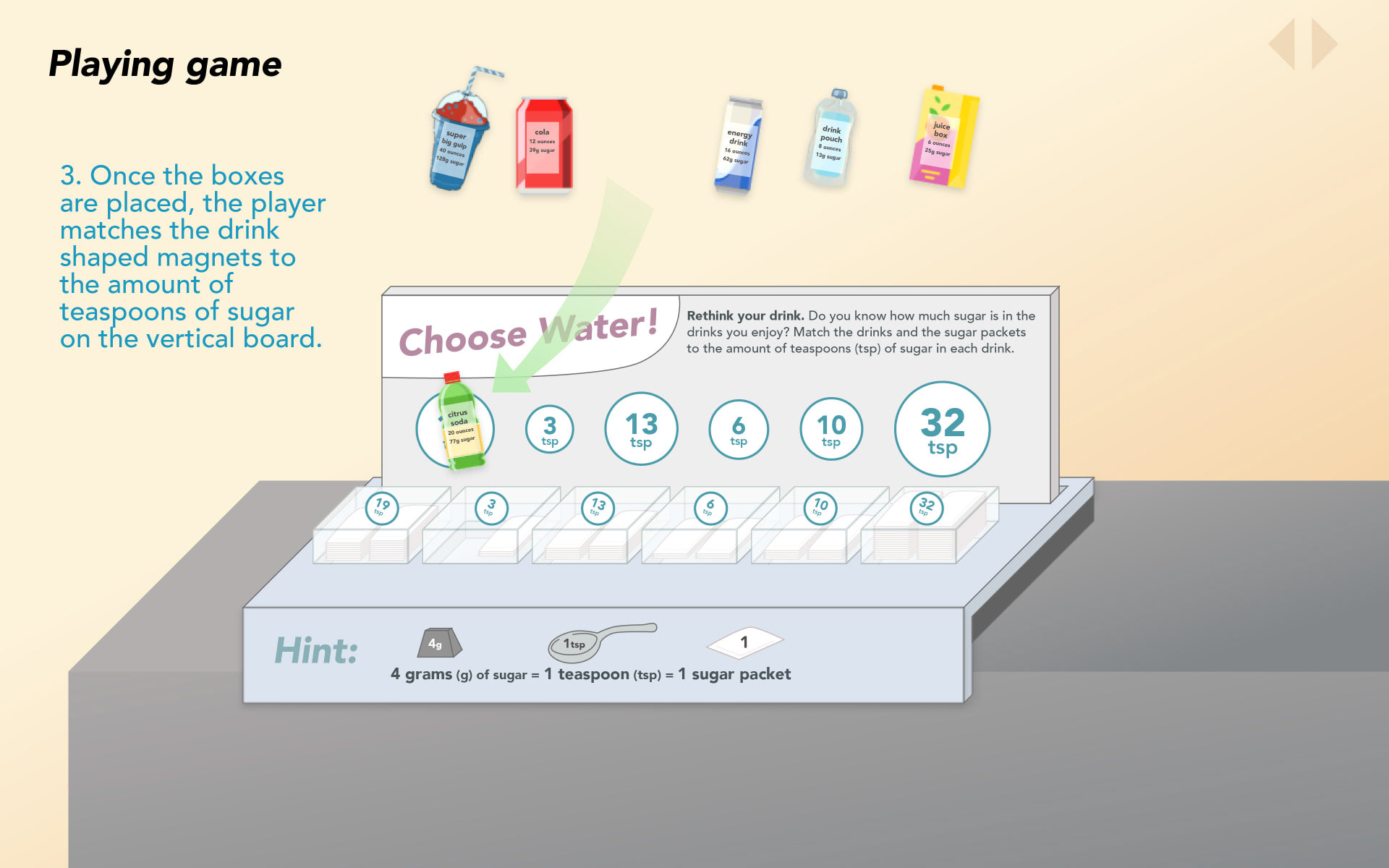
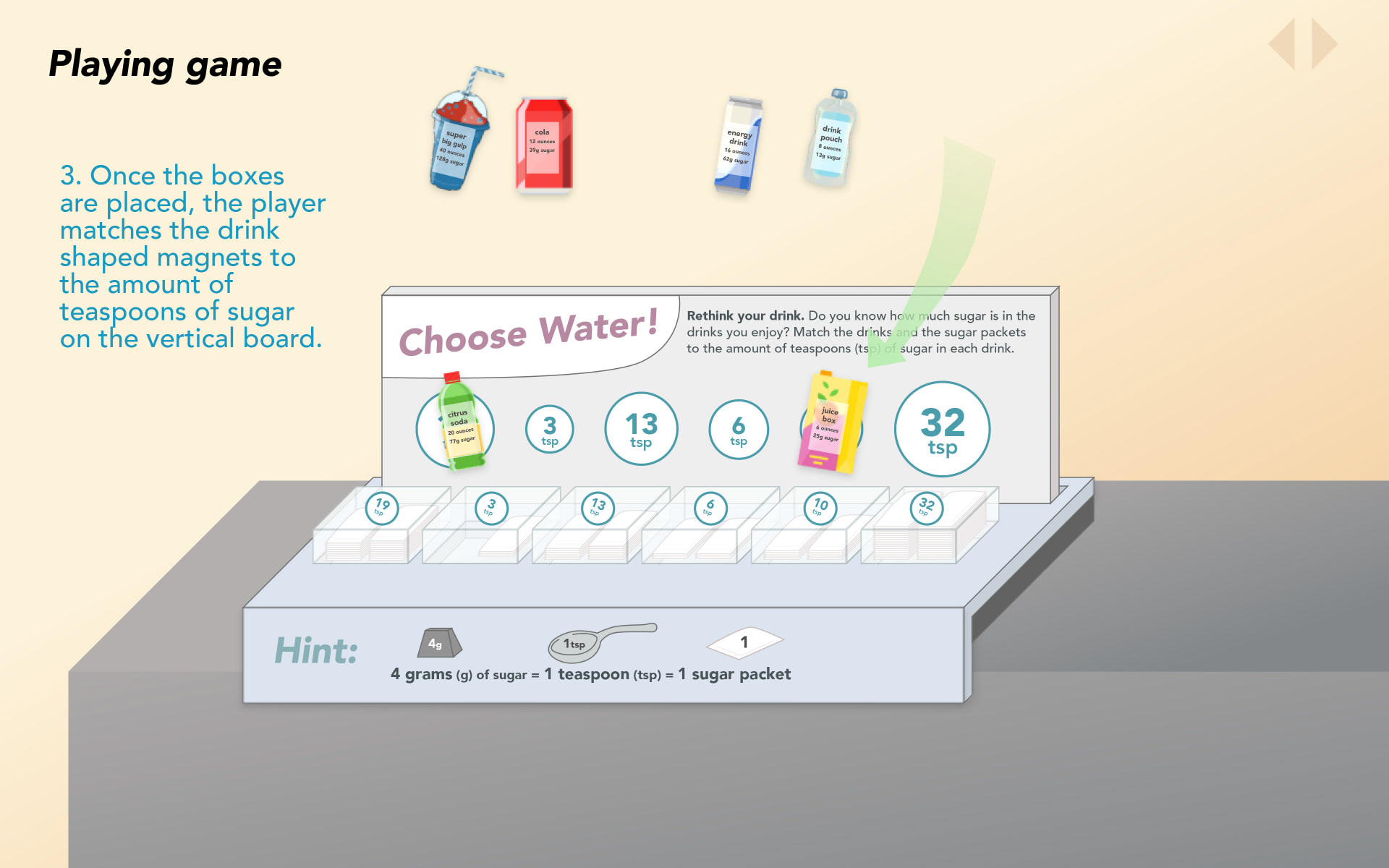

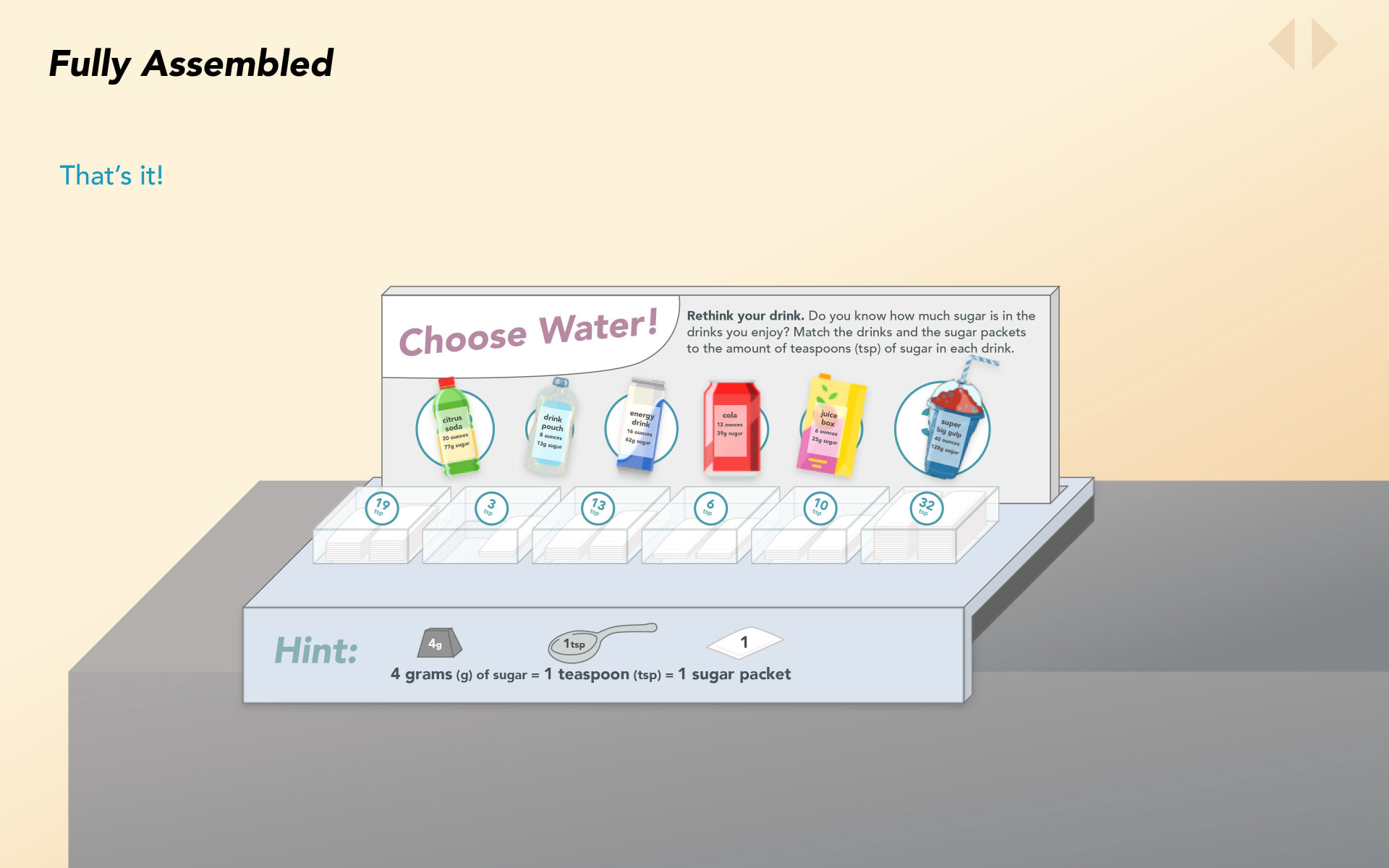
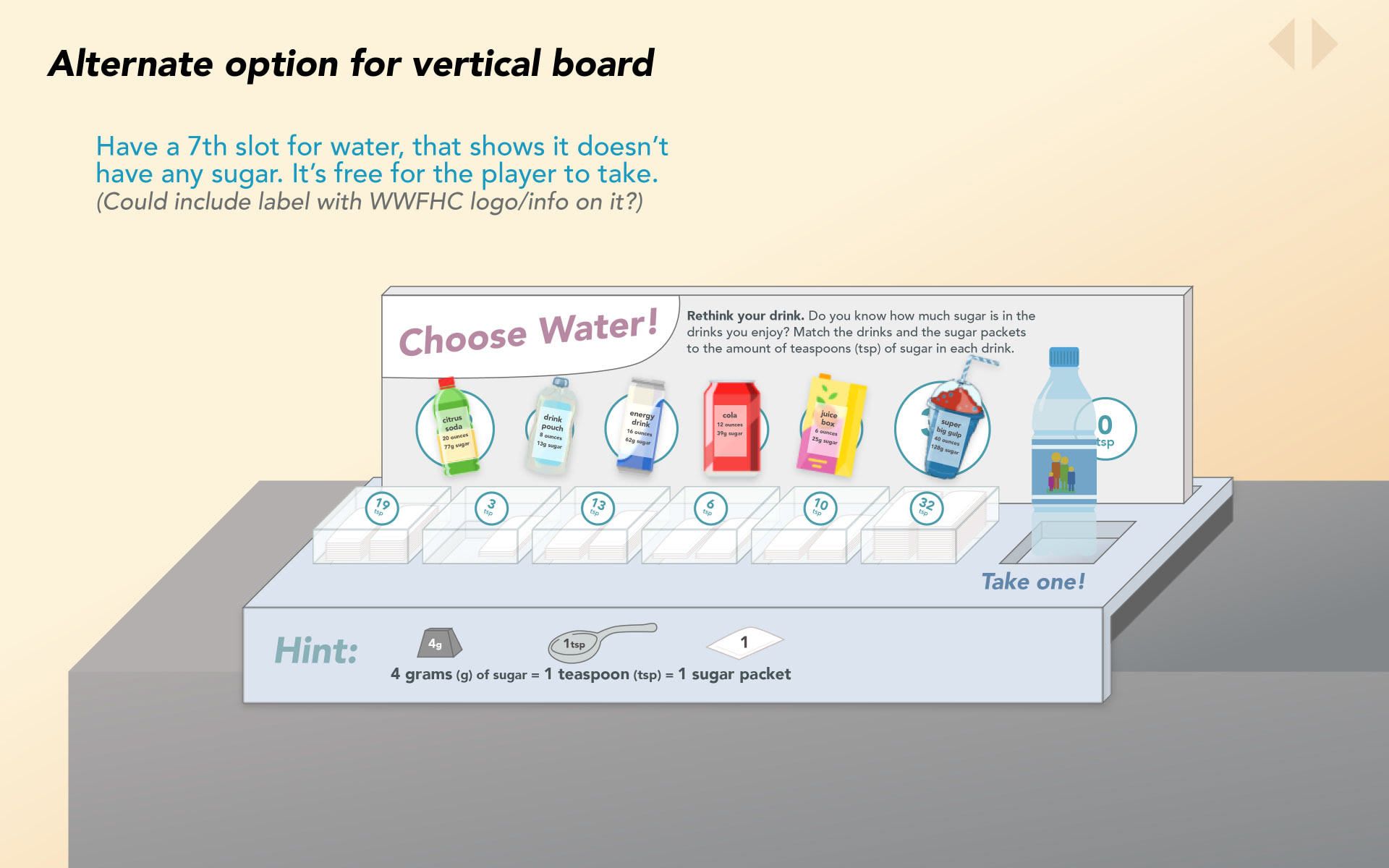

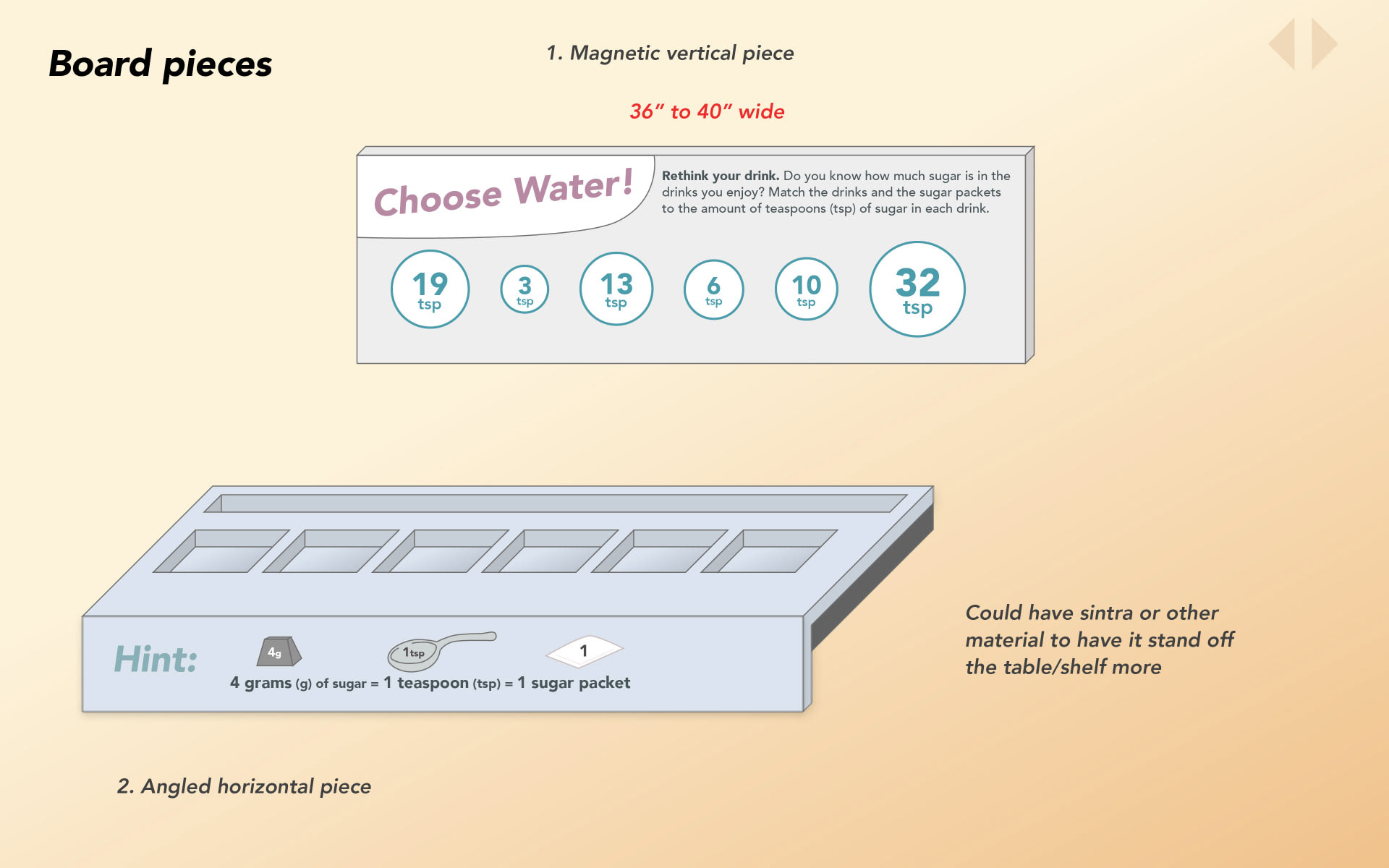
You can use the walkthrough below by clicking the arrows in the top right of the screen:
I worked with our vendor who produced the game board and pieces to make sure the materials used for the game would be durable for repeated use by children, and be able to stand up by itself on a table or shelf.
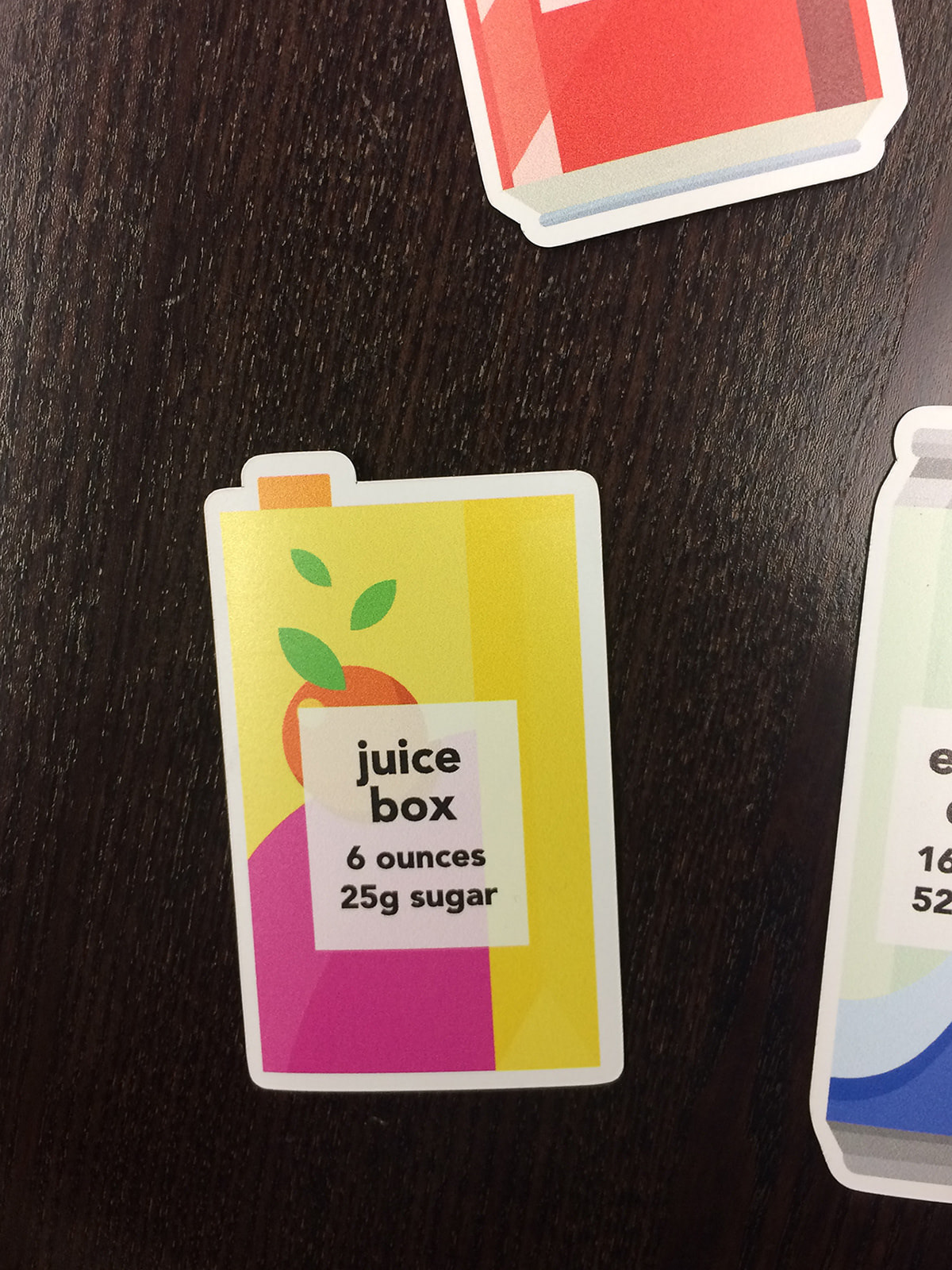

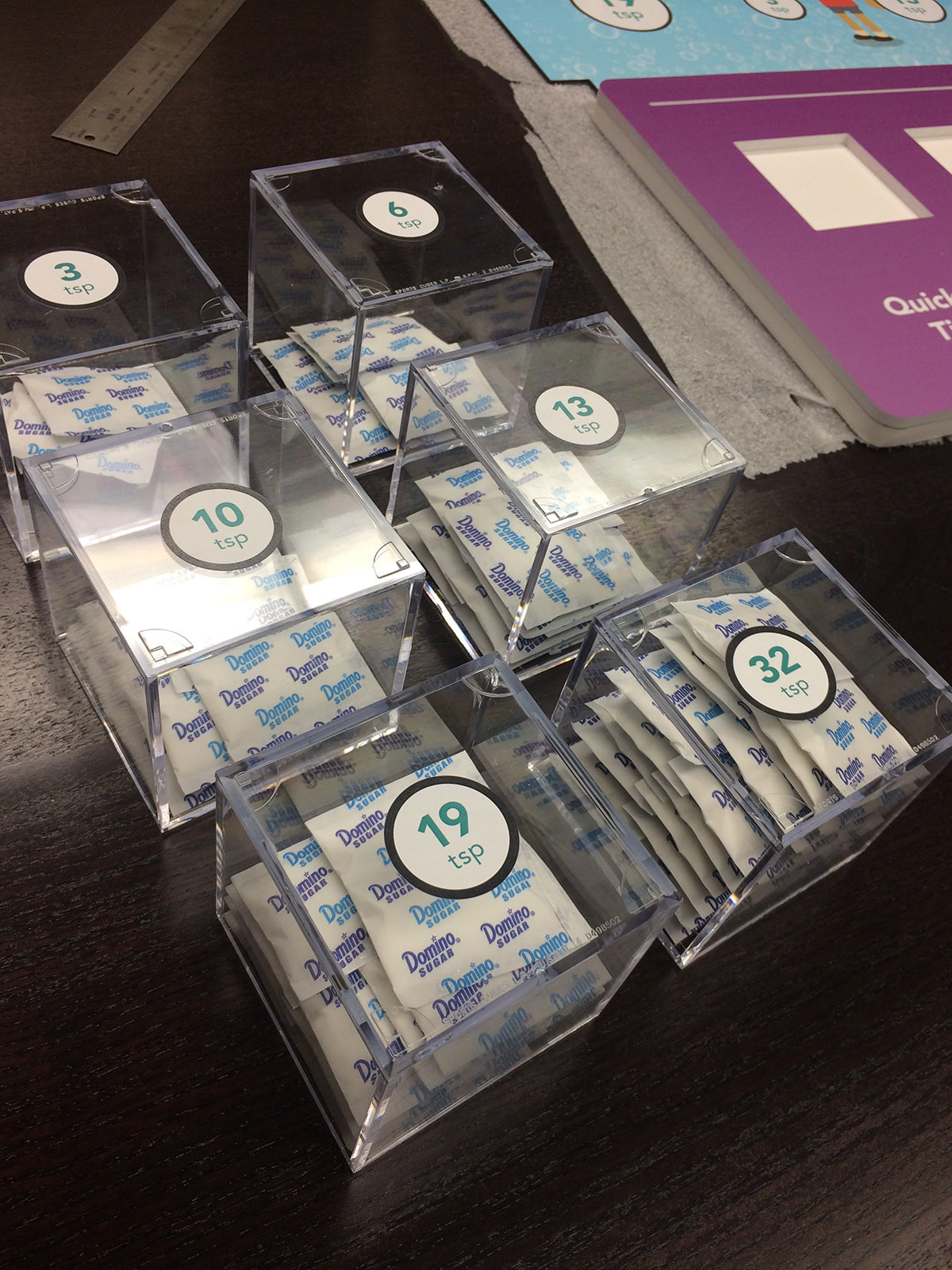

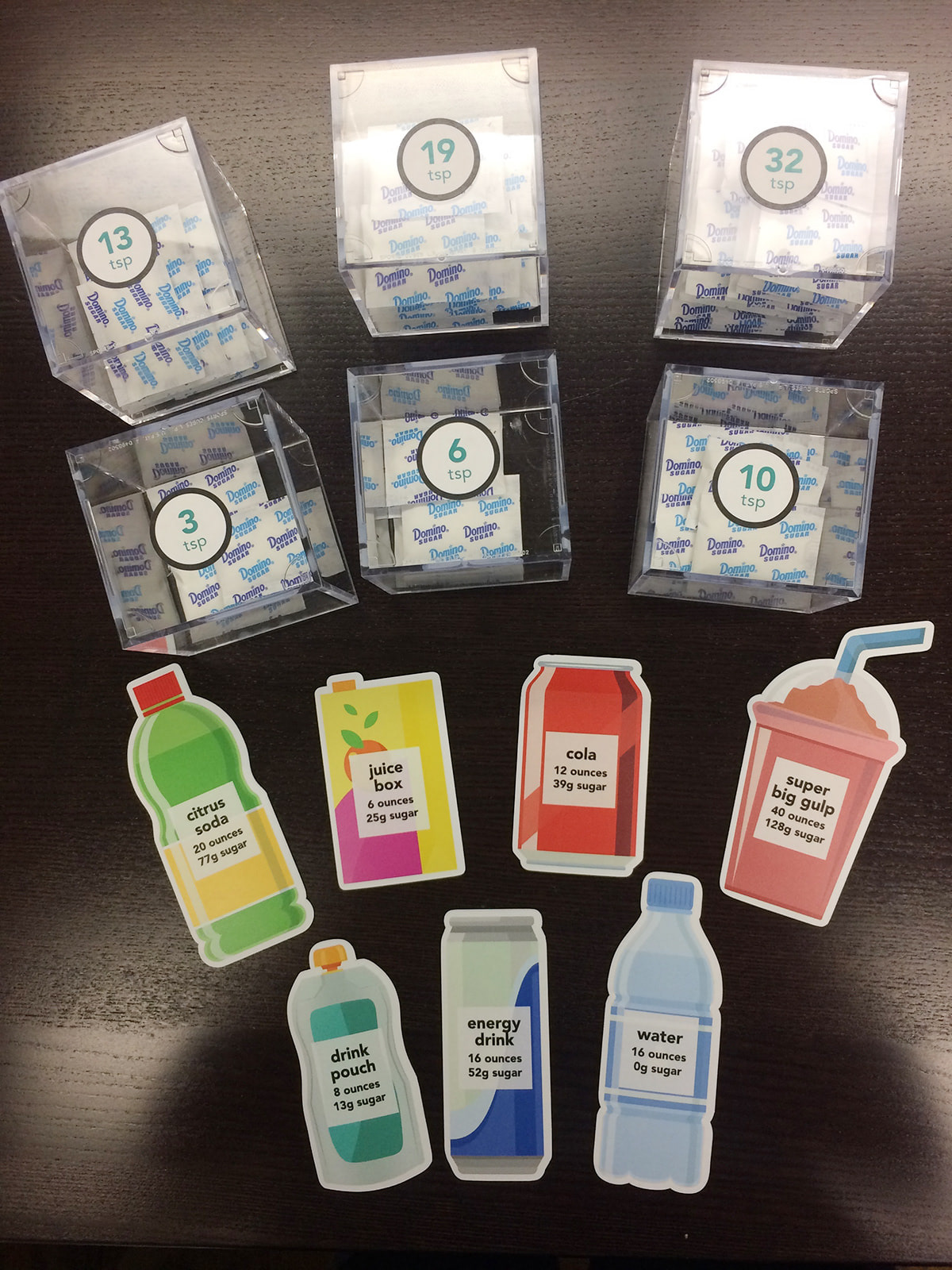
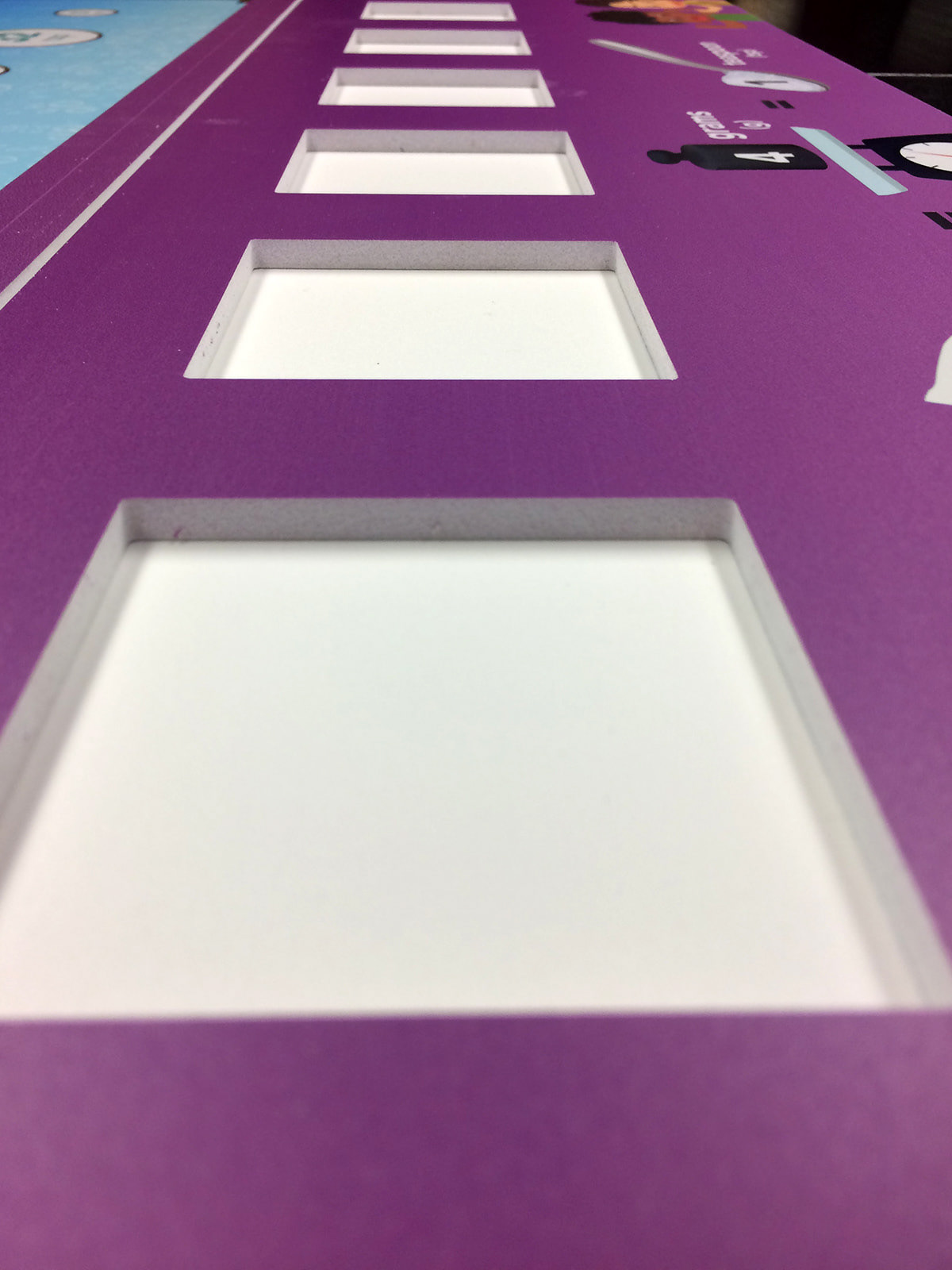
Results
We were able to produce the four game boards and pieces within our client’s budget, and we created something that was fun and visually engaging for children. Our client was pleased with the game and was able to transport and set up the game boards more easily than what they previously had. This project helped continue our partnership with WWFHC and led to future projects.
